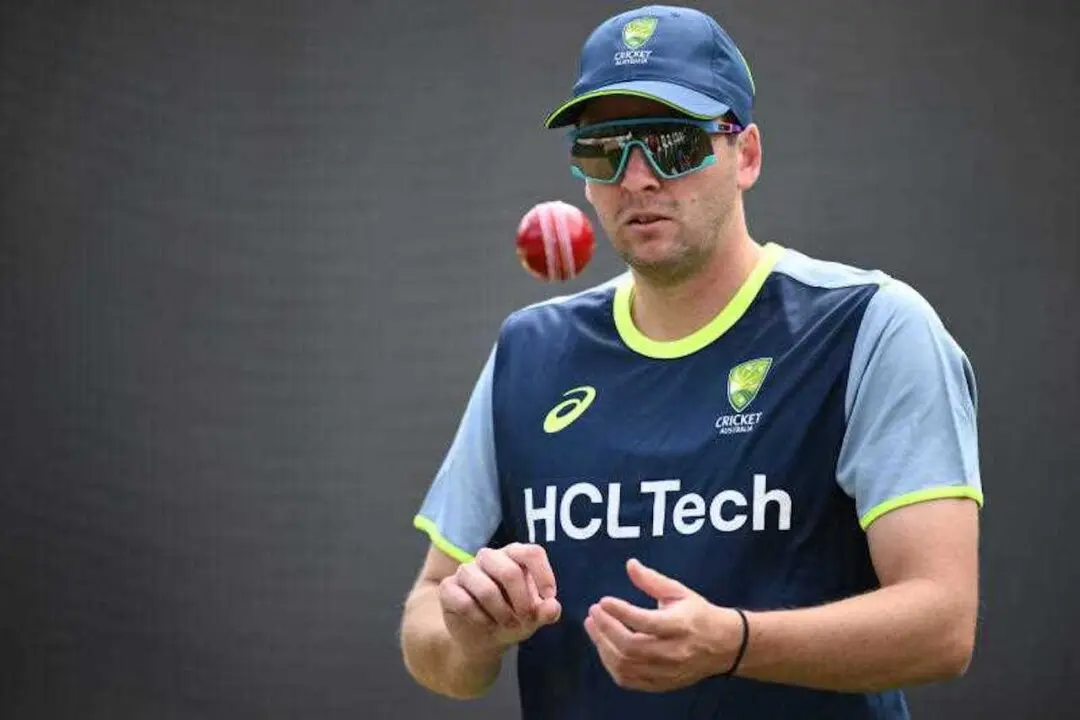Tarek Zahed received 10 gunshot wounds and witnessed his brother fatally shot outside a Sydney gymnasium months before being forcefully arrested over a separate murder.
After the May 2022 shooting of the two brothers, medical experts removed the now 43-year-old’s eyeball and inserted plates into one of his wrists and cheek and metal rods into his leg and arm.





